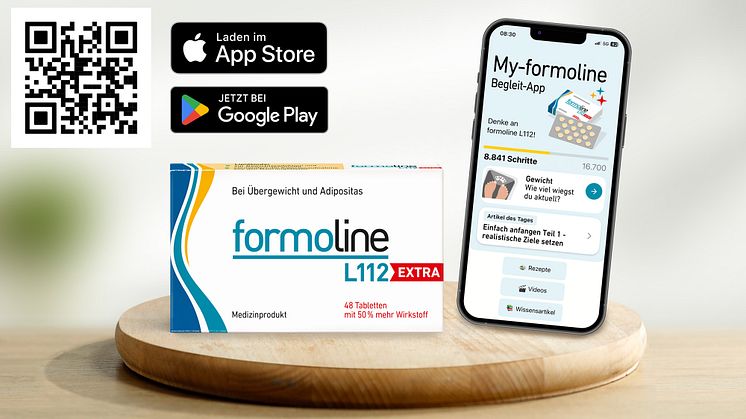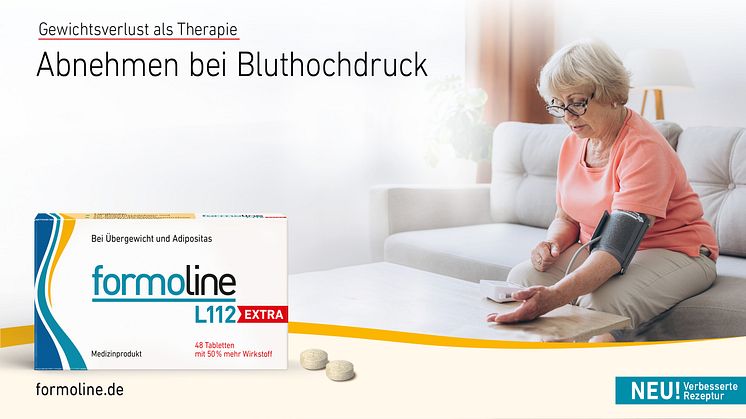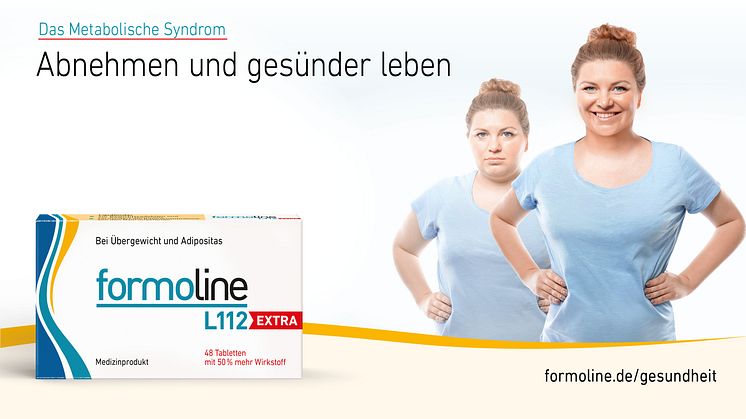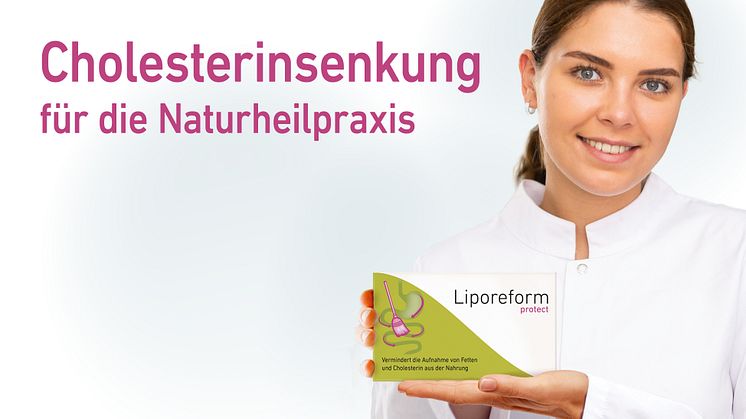News -
Long-Term Treatment of Overweight and Obesity with Polyglucosamine (PG L112): Randomized Study Compared with Placebo in Subjects after Caloric Restriction
Umberto Cornelli (1), Giovanni Belcaro (2), Martino Recchia (3) and Nicolantonio D’Orazio (4)
1 Stritch School of Medicine, Loyola University Chicago, Maywood, IL;
2 Irwin Labs, University of Chieti, Spoltore, Italy;
3 Department of Biostatistics, University of Lugano-Swiss, Milan, Italy; and
4 Department of Human Nutrition, University of Chieti, Pescara, Italy
Manuscript received March 29, 2017. Initial review completed July 17, 2017. Revision accepted September 21, 2017. First published September 22, 2017. DOI: 10.3945/cdn.117.000919
Abstract
Background: Short-term treatment of overweight and obesity with polyglucosamine (PG) was found to be more effective than placebo and orlistat in double-blind clinical studies.
Objective: The aim of the study was to compare the efficacy of long-term (12-mo) treatment of weight loss with PG and placebo (PL).
Methods: This was a double-blind randomized study in 100 participants of both sexes with a body mass index (in kg/m2) .30 to ,35. One group of 50 participants was treated for 1 y with PG at 1.6 g/d and a similar group received PL. PG is a combination of low molecular-weight chitosan with organic acids. Participants were instructed to reduce their caloric intake by 10% and increase the physical activity level by 9 metabolic equivalent task hours/wk. Dietary compliance was checked every 3 mo by using a weekly questionnaire [food intake assessment (FIA)] based on 25 different food servings. Body weight (BW), waist circumference (WC), blood pressure (BP), glucose, lipids, and high-sensitivity C-reactive protein (hs-CRP) were also monitored.
Results: Ninety-seven participants completed the study (49 in the PG group, 48 in the PL group). The decrease in calories was similar in both groups, as was the change in number of food servings (P . 0.05, ANOVA). Decreases in BW and WC were 8.0 kg and 10.2 cm, respectively, in the PL group, whereas they were 12.1 kg and 13.3 cm in the PG group (P , 0.001, ANOVA). The decrease in BP, plasma lipids, glucose, and hs-CRP was more evident in the group treated with PG (P , 0.05, ANOVA). The intake of lipids was found to correlate directly with hs-CRP, with the exception of extra-virgin olive oil.
Conclusions: PG was found to be more effective than PL in reducing BW, WC, glucose, BP, plasma lipids, and hs-CRP in moderately obese individuals undergoing a 10% caloric reduction and a slight increase in physical activity. Dietary monitoring with the use of an FIA was an effective tool in supporting dietary compliance. This trial was registered at clinicaltrials.gov as U111111292405 (WHO). Curr Dev Nutr 2017;1:e000919





